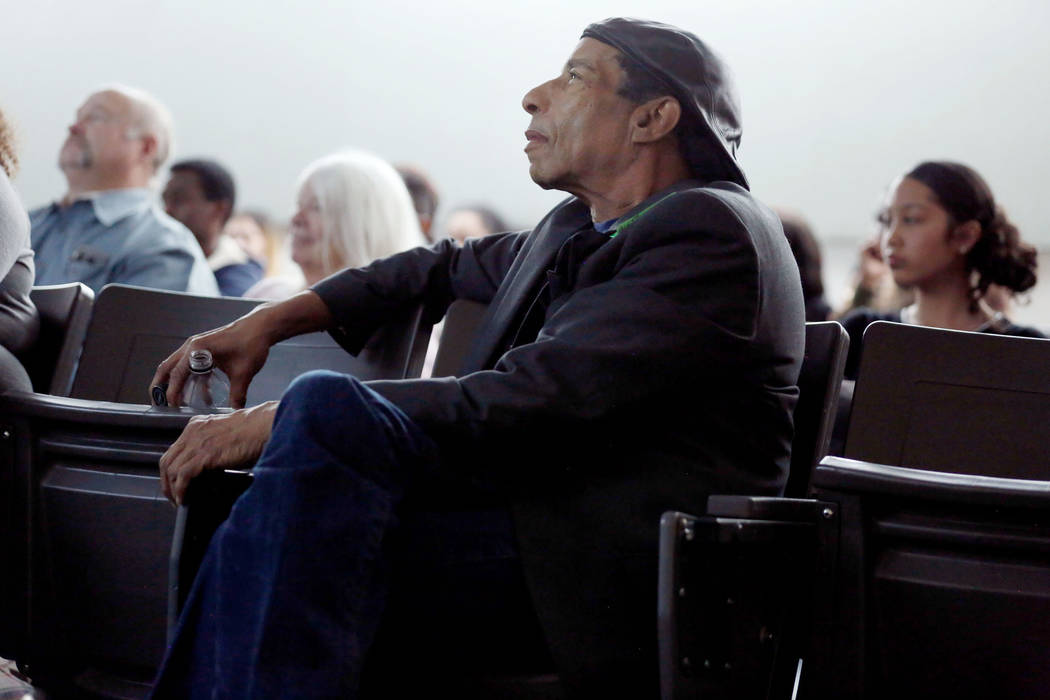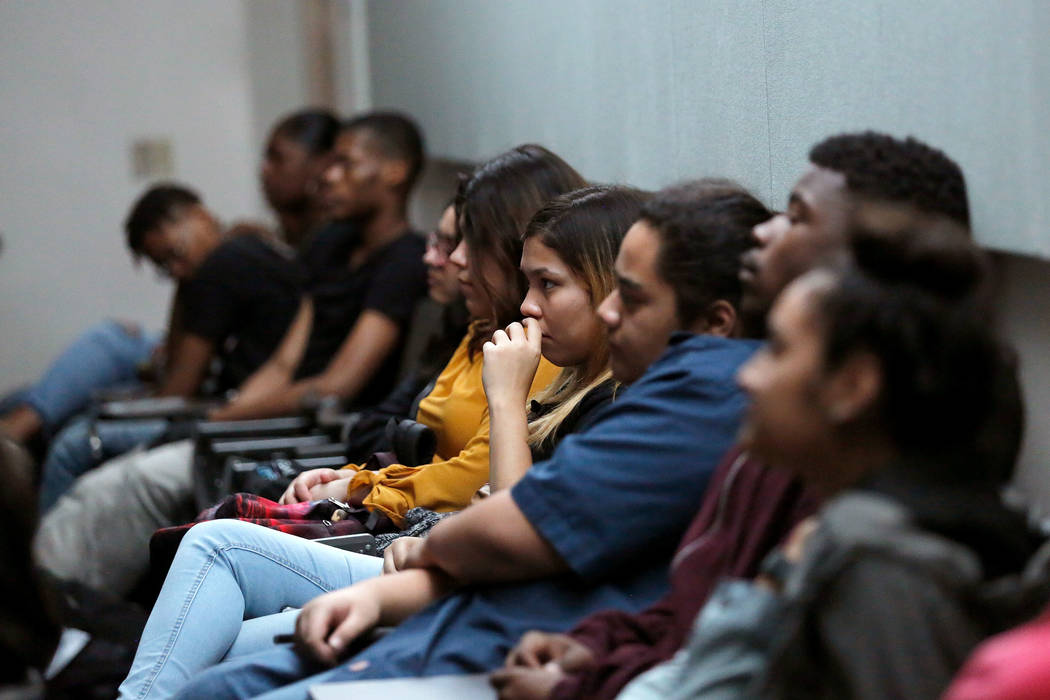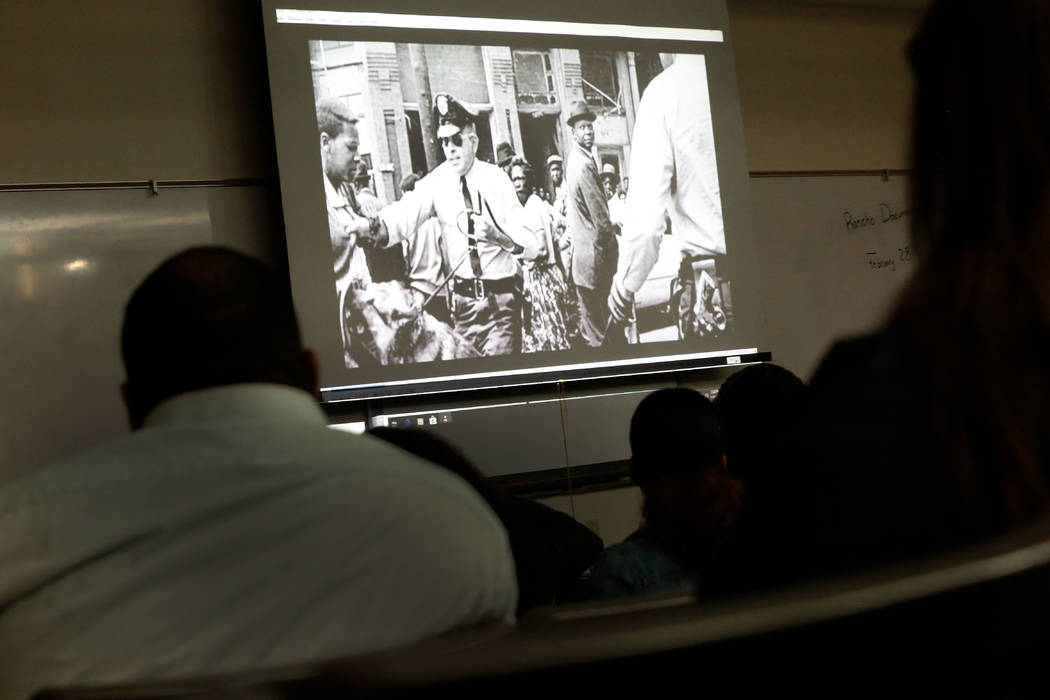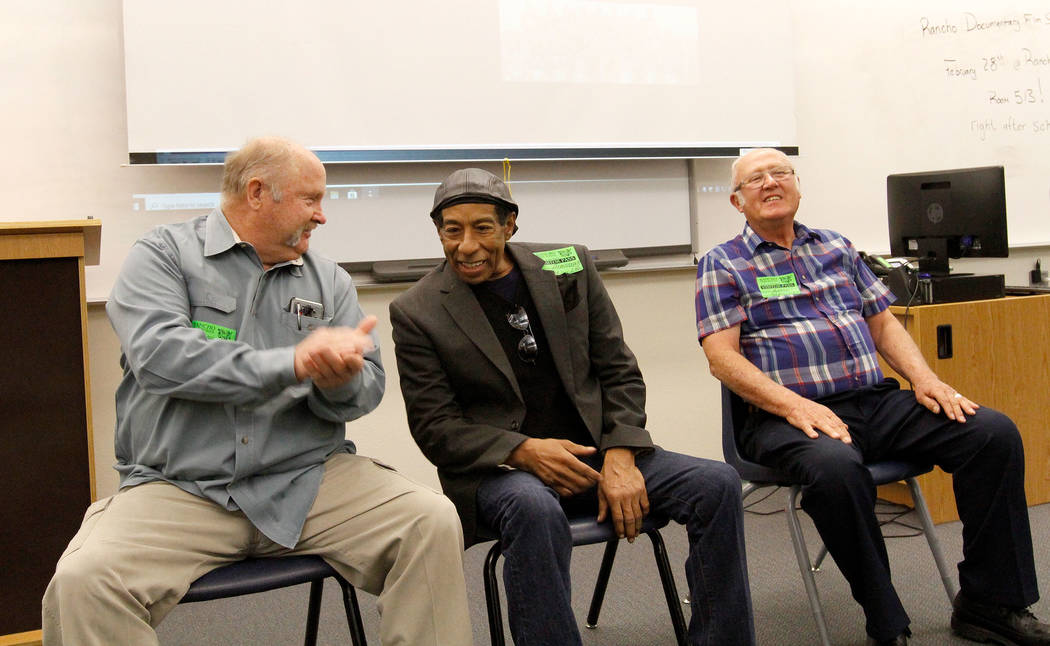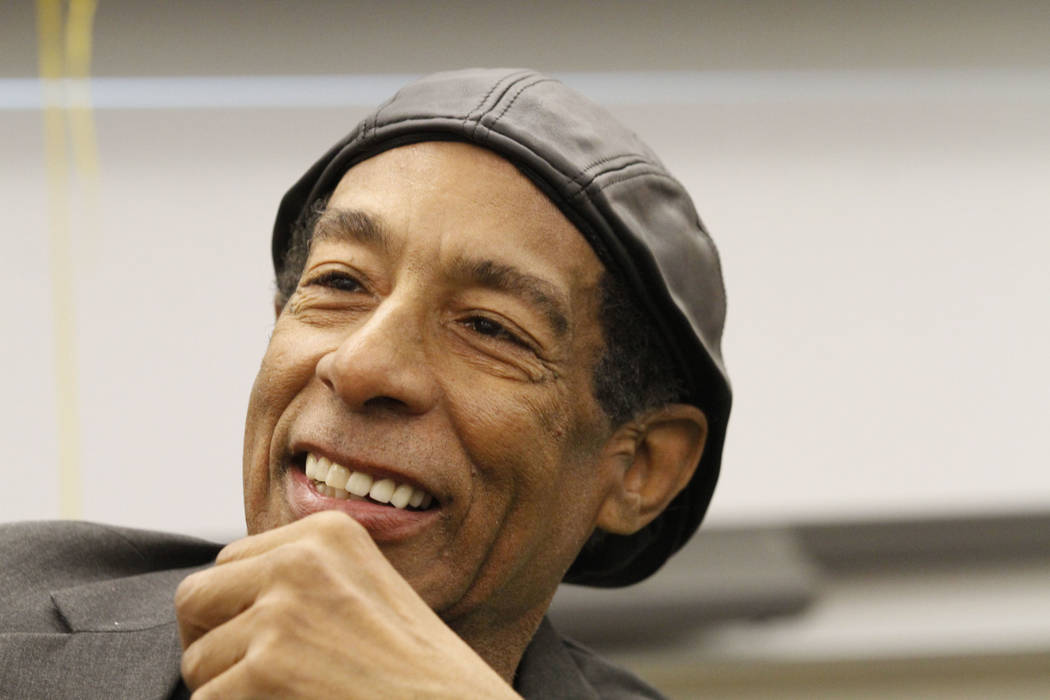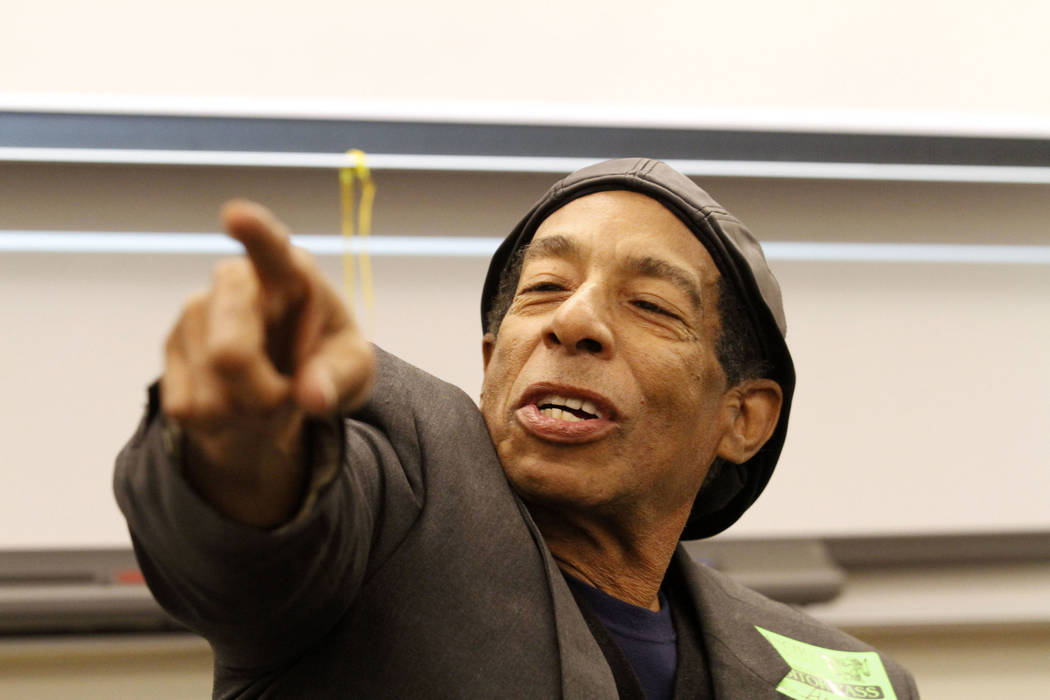Former students recall North Las Vegas high school race riots
Stan Armstrong stood in front of students at Rancho High School on Thursday afternoon, recounting his participation in race riots on campus a half-century ago.
At the time, black and white students regularly attacked each other. North Las Vegas police even opened a substation at the high school and used pepper spray on students when fights broke out, Armstrong said, sitting next to two of his white former classmates.
“It was sad because (the riots) took away a lot of our youth,” Armstrong said after his talk with students. “Hopefully people will learn from the past.”
Armstrong, who is black, and his classmates visited the school Thursday for a showing of the 2012 documentary, “The Rancho High School Riots,” which Armstrong produced and directed. It details the riots there in the late 1960s and early ’70s.
Segregated schools weren’t legal in the Las Vegas Valley, but housing segregation was prevalent, according to the documentary. During that time, North Las Vegas was primarily white, while the nearby Historic Westside was primarily black.
Rancho drew students from both populations, as well as children whose parents worked at Nellis Air Force Base. Most of the children were poor, and it felt like a “true urban school,” said Armstrong, who graduated in 1972.
“You didn’t dare turn down because your friends would call you a coward,” Armstrong’s classmate, Terry Davis, said about the fighting.
“Did you want to hurt somebody? No, it was fun,” classmate Lefty Mott said about some students’ motivation for fighting.
Davis, who graduated in 1971, told the audience his was one of the few white families in the Westside before moving to North Las Vegas. He said many of the black and white students grew up together and played sports together, but the fights spread from a mob mentality.
“It was one of the great regrets in my life and one of the great shames in my life,” Davis said about his participation and for not trying to stop his friends from fighting. “Having lived on both sides, that I didn’t step up to the plate and be a man.”
When a student asked the men how they felt seeing racial tension today, Armstrong said it makes him feel like a “veteran.”
“It makes me sad and I want to cry because we haven’t learned that much in 50 years,” Davis said.
Contact Katelyn Newberg at knewberg@reviewjournal.com or 702-383-0240. Follow @k_newberg on Twitter.



